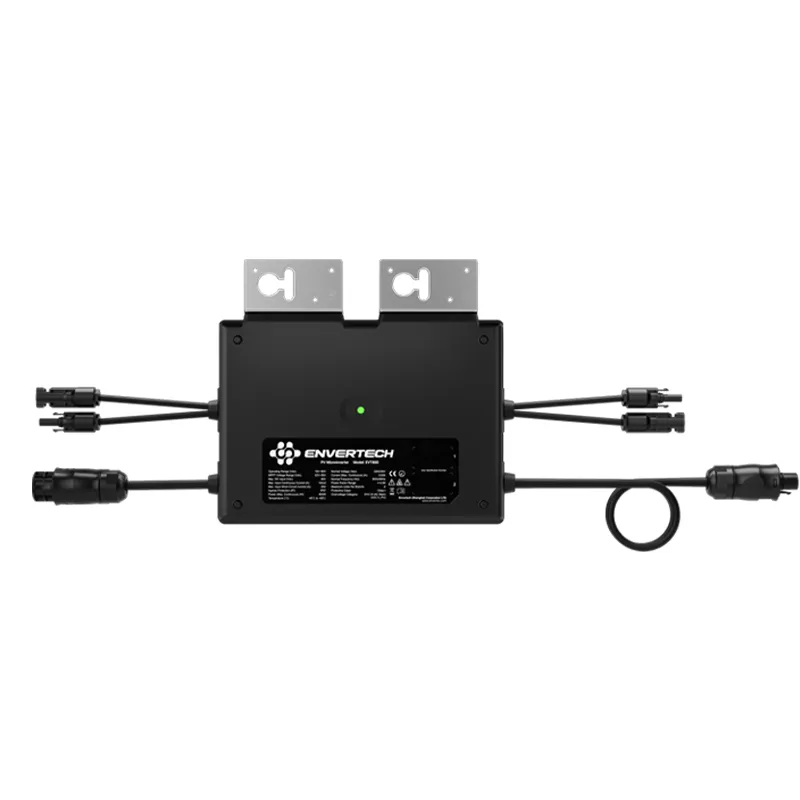Optimizing Solar Panels for North-Facing Roofs to Maximize Sunlight Efficiency
The Benefits and Challenges of North-Facing Solar Panels
In the quest for sustainable energy solutions, solar panels have emerged as a leading contender, transforming sunlight into electricity. While many are familiar with the broad advantages of solar energy, not everyone realizes that the orientation of solar panels plays a crucial role in maximizing energy output. This article delves into the benefits and challenges of north-facing solar panels, exploring their potential in various contexts.
Understanding Solar Panel Orientation
Solar panels harness solar energy through photovoltaic cells, which convert sunlight into electricity. The positioning of these panels significantly affects their efficiency. In general, solar panels are traditionally mounted facing south in the Northern Hemisphere to capture the maximum amount of sunlight throughout the day. However, north-facing solar panels can also provide distinct advantages, particularly in specific geographic locations or for unique applications.
Benefits of North-Facing Solar Panels
1. Consistent Energy Production One of the primary advantages of north-facing solar panels is their ability to produce a steady stream of electricity throughout the day. In locations where the sun's path is predominantly to the south, north-facing panels receive diffused light, especially during the mornings and late afternoons. This can lead to a more consistent energy output compared to panels that might experience shading during peak sunlight hours.
2. Reduced Heat Stress Solar panels can lose efficiency when exposed to excessive heat. North-facing panels tend to experience lower temperatures during peak sunlight, helping to maintain efficiency and prolong the lifespan of the solar system. As a result, homeowners and businesses may find that north-facing panels perform better during hot summer months, yielding more energy in the long run.
3. Optimal for Certain Geographies In some areas, particularly those located at higher latitudes, north-facing solar panels may be well-suited for energy production. These regions may experience conditions where panels set at an angle facing north can capture valuable sunlight, particularly during the summer solstice when the sun is higher in the sky.
north facing solar panels

4. Aesthetic Integration For some homeowners, the aesthetics of their property is a significant consideration. North-facing solar panels can be integrated into the design of the home without compromising the view or character of the surrounding landscape. This is particularly appealing in suburban and urban settings where visual impact matters.
Challenges of North-Facing Solar Panels
While north-facing solar panels have enticing benefits, they also present challenges that must be considered.
1. Lower Overall Energy Output The most significant challenge with north-facing panels is the potential for lower overall energy production compared to south-facing systems. In many cases, south-facing panels will generate more energy due to direct sunlight exposure, which means that homeowners may not achieve the same financial return on their investment.
2. Seasonal Variability The efficiency of north-facing panels can vary significantly with the seasons. During winter, when days are shorter and the sun is lower in the sky, energy production can decline further. This variability can impact budgeting for energy costs throughout the year if these systems are not adequately sized.
3. Installation Costs Depending on the location, installing solar panels may involve significant upfront costs. Homeowners need to weigh these costs against potential energy savings. In metropolitan areas, where space is limited and installation costs can be higher, the reduced efficiency of north-facing panels may not justify the investment.
Conclusion
In conclusion, north-facing solar panels offer a unique set of benefits and challenges that should not be overlooked. While they can provide consistent energy production and perform well in certain geographical regions, they may not yield the same output as their south-facing counterparts. Homeowners and businesses considering solar energy must assess their specific circumstances, including location, energy needs, and financial constraints. By weighing these factors carefully, individuals can make informed decisions that align with their sustainability goals while optimizing their investment in solar energy.
-
Unlocking Energy Freedom with the Off Grid Solar InverterNewsJun.06,2025
-
Unlock More Solar Power with a High-Efficiency Bifacial Solar PanelNewsJun.06,2025
-
Power Your Future with High-Efficiency Monocrystalline Solar PanelsNewsJun.06,2025
-
Next-Gen Solar Power Starts with Micro Solar InvertersNewsJun.06,2025
-
Harnessing Peak Efficiency with the On Grid Solar InverterNewsJun.06,2025
-
Discover Unmatched Efficiency with the Latest String Solar InverterNewsJun.06,2025







